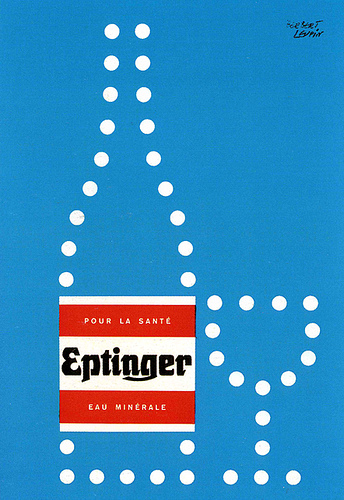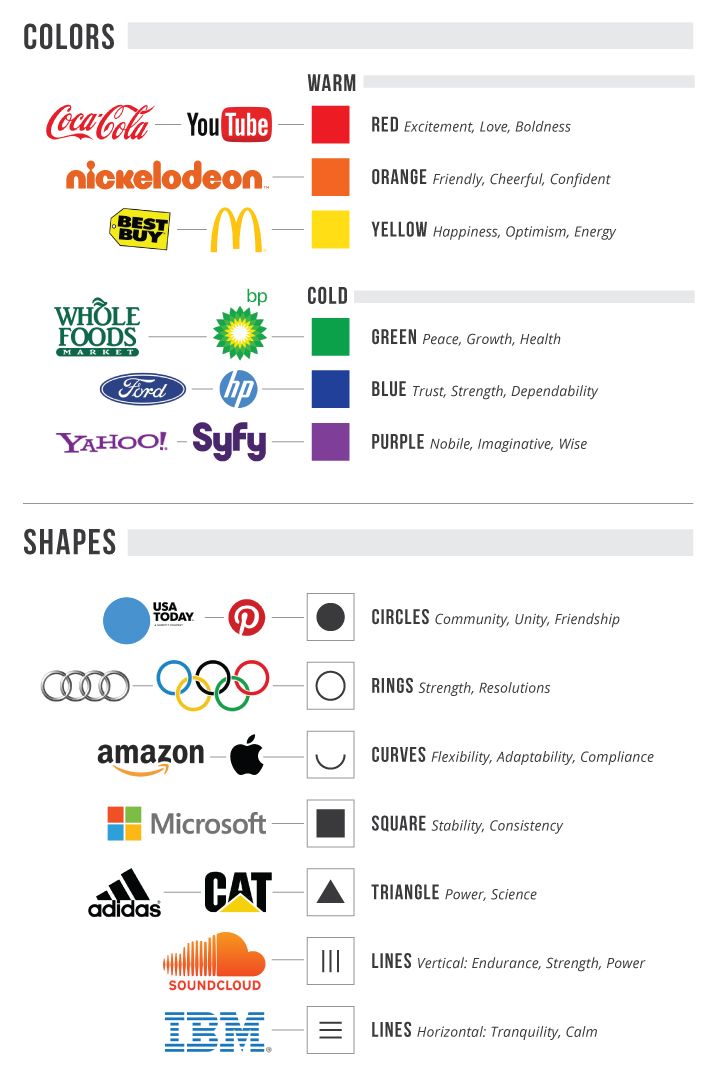First impressions: What design does for content marketing

It takes just 0.05 seconds for a user to form an opinion about a website. And 94% of that opinion is influenced by design.
Surely, content that engages consumers must be built on an assured formula of success?
Well, that’s the thing. The method behind the madness is not a new-age marketing innovation. It involves some simple psychological theories that continue to be reworked by successful content creators.
So here are some major tried-and-tested factors you should consider when creating great design:
1. Gestalt Principles

(Source)
Gestalt Principles are a set of laws that explain how we try to relate the different elements of a design to build an image in our mind the way we think it should be. The principles are based on a range of values, such as:
Proximity: This states that elements are perceived to be in a group when they are close to each other. In the image campaign below, Coke wanted to create a smile through the silhouettes of their bottles.

(Source)
Similarity: This explains that elements with common aspects belong to each other. An illustration for the same would be the following poster created by Herbert Leupin.

(Source)
Closure: According to this principle, disconnected elements are understood in forms we previously know. Consider the following Google doodle; we can immediately grasp the association between the colours and the letters that are usually present.

(Source)
Figure/ground: This is based on how our mind zeroes into focus to separate the figure from the background. Check out this poster for the Melbourne Food & Wine Festival:

(Source)
Continuation: This explains how our vision searches for continuous forms and unhindered paths. Consider how Publicis Singapore created the impression of a Christmas tree through a carefully arranged pencil shaving.

(Source)
2. Von Restorff Effect
The Von Restorff Effect is also known as the ‘Isolation Effect’.
It supports the theory that if one element of a design is highlighted or differentiated more than the others, the chances of it being remembered are higher.
It means that if you want to bring attention to a particular object, all you need to do is add a special focus to it.
This image campaign from the WWF serves as a perfect example through its juxtaposition of a panda’s face amidst a pack of sharks.

3. Elements of Design
Elements such as shapes, colours, typography, etc. also play an important part in how we perceive design.
For instance, while blue is associated with honesty and trust and can evoke a sense of security and calmness, red is all about passion, boldness, excitement, energy, and love.
Different shapes also evoke varied responses. Circles and ovals, for instance, promote a positive emotional feeling of friendship, community, love, and relationships. At the same time, triangles and squares convey strength, balance, power, and efficiency.
Typography is also a significant contributor to design. It needs to be presented in a manner that resonates with your brand.

(Source)
4. White Space
Using elements in a design is important but using too many elements may cause clutter. That is why it is essential to leave some unused space in the design. But it is not necessary for the space to be white – it can be any background, colour, or image.
White space contributes to a good design as it improves comprehension and brings focus to the important elements. It is a valuable tool that brands like Apple have used beautifully in all their designs.

